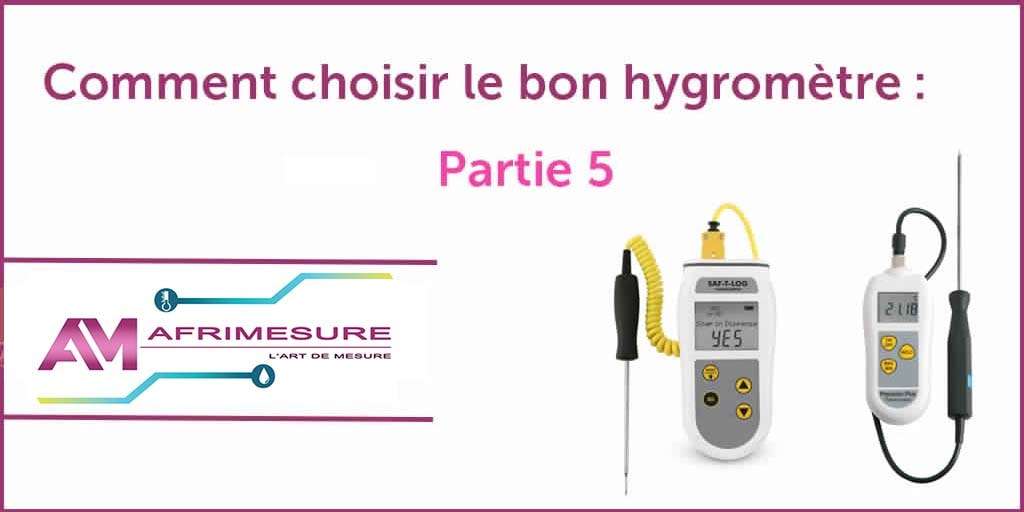
as already seen in part 4, the choice of the right measuring instrument is very important for achieving the best humidity measurement results.
Calibration times and traceability standards should also be regularly maintained. Products manufactured in cleanrooms or in laboratories, production facilities, warehouses...cover a wide range, including pharmaceuticals, semi-conductors and food products....
Humidity and temperature are often monitored, as these parameters can have serious effects on product quality and production efficiency.
Sensors 1-6 can measure general humidity levels
Sensors 5 and 6 are also used to measure low dew point.
The principle behind each technology is briefly described below.
Is a measuring principle based on the hygroscopic characteristic (ability of a substance to attract water molecules) of lithium chloride.
The sensor consists of a roll covered with an absorbent fabric and a bifilar winding (two insulated wires, with currents flowing in opposite directions) of inert electrodes. The coil is coated with lithium chloride.
An alternating current is passed through the coil and the lithium chloride solution, causing resistive heating. As the coil heats up, water evaporates from the lithium chloride solution at a rate that is controlled by the water vapor pressure in the surrounding air. As the coil begins to dry, the resistance of the lithium chloride solution increases, and less current flows through the winding. This allows the coil to cool. This heating and cooling of the coil reaches an equilibrium point where it neither takes nor gives off water, and the equilibrium temperature is directly proportional to the dew point of the surrounding air.
Uses the principle that electrical resistance varies in a material that absorbs humidity.
Special sensors are used to measure resistance to a current flowing between the wires. This type of sensor is suitable for mass production and seems to be the most widely used for household appliances and consumer products. However, it cannot measure accurately in very low or very high humidity environments.